Marjaan Khatam laboratory services for mycotoxin testing in all kinds of food
Mycotoxins are toxic compounds produced by certain fungi that grow on food in a range of environmental conditions from high to normal temperature and humidity. These toxins can be dangerous for human and animal health.
The Laboratory tests food products for the presence of these toxins in the lowest possible amounts by using advanced technologies to ensure food safety.
The method of measuring mycotoxins, which is based on the use of specific immunoaffinity columns and high-performance liquid chromatography (HPLC), is a precise and sensitive process that is used to detect and quantify mycotoxins in various samples.
In this method, first the samples are extracted using a suitable solvent. Then, the extracted mycotoxins are purified using immunoaffinity columns. These columns contain antibodies that specifically bind to mycotoxins and isolate them from other compounds. This way, the possibility of interference of other compounds and occurrence of false positive error is removed.
After purification, the mycotoxins are injected into the HPLC device. In HPLC, the sample is passed through a column filled with a number of stationary phase material so that different compounds are removed from the column at different times based on their physical and chemical properties. This allows the separation and accurate measurement of mycotoxins.
As for the identification and quantification of mycotoxins, the detectors such as fluorescence (FLD) and ultraviolet (UV) can be used.
These methods are utilized worldwide to control the quality of human food and livestock feed due to their high accuracy and high sensitivity in the detection of mycotoxins according to the permissible limits set in national and international standards. Therefore, due to the possibility of measuring the potential toxins in food in very low amounts, these methods can cover the needs of different customers from the food industry sector.
List of mycotoxins that can be measured in Marjaan Khatam laboratory
• B&G group Aflatoxins
• Aflatoxin M1
• Ochratoxin A
• Zearalenone
• Deoxynivalenol
• Patulin
• Fumonisin B1&B2
Mycotoxins in human food
Mycotoxins can contaminate agricultural products such as grains, nuts, fruits, and legumes during crop growth in the field and garden, at harvest, or during storage and transportation.
Hence, in case the primary raw materials used to produce food products such as cakes and cookies, breakfast cereals, juice, etc. are contaminated with mycotoxins, or if such products are kept in inappropriate conditions during storage or packaging and transportation, all these would cause contamination of processed food products with mycotoxins.
In addition to the contamination of plant-based food products, if animal feed is contaminated with mycotoxins, this would cause contamination of milk and dairy products with the fungal toxins.
Consumption of food contaminated with mycotoxins brings about hormonal disorders, infertility, digestive problems, kidney and liver disorders, cancer, etc.
Mycotoxin in animal and poultry feed
Consumption of feed contaminated with mycotoxins by livestock and poultry, on the one hand, will cause harmful effects on animal health, including digestive problems, cancer, etc., and on the other hand, would induce economic losses such as weight loss, reduced egg and milk production, etc.
Types of mycotoxins
- Aflatoxins
Aflatoxins are one of the most important types of mycotoxins produced by certain species of Aspergillus fungi.
Types of aflatoxins
There are different types of aflatoxins, the most important of which are:
• Aflatoxin B1 and B2
• Aflatoxin G1 and G2
• Aflatoxin M1
Aflatoxins of group B and G have been reported in cereals, legumes, dried fruits, oil seeds, dried figs, dates, spices, etc., as well as on commercial products such as peanut butter, edible oils, pasta, dairy products, various teas and herbal drinks, cosmetics and medicinal plants.
Livestock and poultry feed such as corn, barley, wheat, alfalfa, soy, cotton meal, canola, animal feed supplements, as well as pet and horse feed can be contaminated with aflatoxin.
After consumption of contaminated feed by livestock and poultry, these toxins become aflatoxin M in the body of these animals, which is found in milk and dairy products.
Aflatoxins can cause damage to the liver, kidney, heart, blood vessels and nervous system, or cause carcinogenesis (liver cancer) and mutagenesis and occurrence of genetic diseases (genetic defects) in animals.
- Ochratoxin
Ochratoxin is one of the mycotoxins produced by some species of Aspergillus and Penicillium fungi, which can be found in grains, legumes, spices, coffee, raisins, dried figs, grape juice, etc.
Ochratoxin can induce mutagenesis, carcinogenesis, suppression of the body's immune system, and kidney dysfunction in humans.
- Zearalenone
Zearalenone is produced by several species of Fusarium fungi and is found in grains such as corn, barley, wheat, oats, and sorghum and processed grain-based food products.
After consumption of contaminated food, zearalenone is quickly absorbed and by binding to estrogen receptors, it disrupts the level of reproductive hormones and causes infertility and premature puberty, cancer, heart disease, and suppression of the immune system.
- Deoxynivalenol
Deoxynivalenol toxin is produced by some species of Fusarium fungi mostly in grains such as wheat, rice, barley, corn in the field and warehouse, and as a result, there is the possibility of contamination of food processed using these products, such as children's food, bread, pasta, noodles, and biscuits.
Deoxynivalenol can cause abdominal pain, diarrhea, vomiting, headache, dizziness, loss of appetite, and through affecting the nervous system, it may cause damage to the brain.
Also, there are concerns about the harmful effects of deoxynivalenol on the disruption of normal fetal development and birth defects, and the increased risk of miscarriage, premature birth, and stillbirth.
- Patulin
Patulin toxin is produced by some species of Penicillium fungus and is present in food products based on vegetables and fruits such as grapes and pears, especially apples and apple products such as concentrated apple juice.
This poison is not completely destroyed during the pasteurization process of fruit juice due to its stability to heat.
Patulin causes nausea, digestive disorders, vomiting, ulcers and bleeding and gastritis, damage to liver and kidney, immune and nervous system.
- Fumonisin
Fumonisin is produced by some species of Fusarium fungi and on agricultural products during growth in the field and storage, mainly on corn and on other grains such as barley, wheat, rice, sorghum and the products derived from them such as biscuits, flour, breakfast cereals, etc.
Fumonisin has significant adverse effects on the health of livestock and other animals and may cause cancer (esophagus) and birth defects in humans.


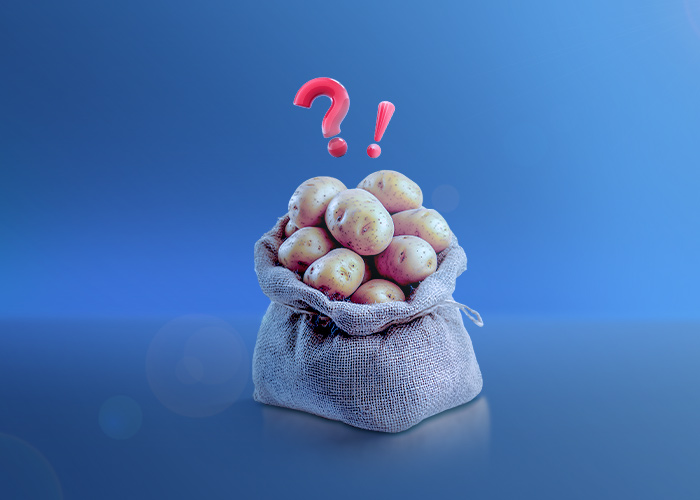
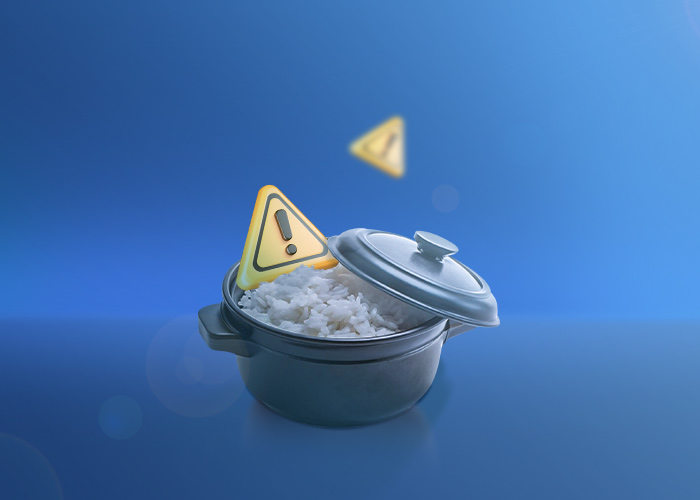
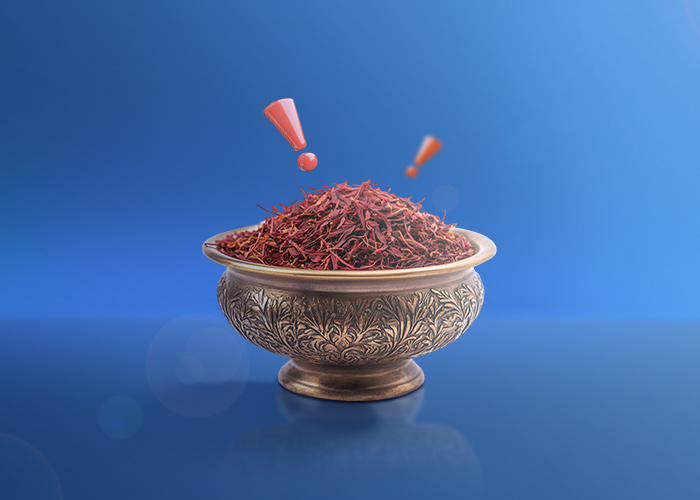
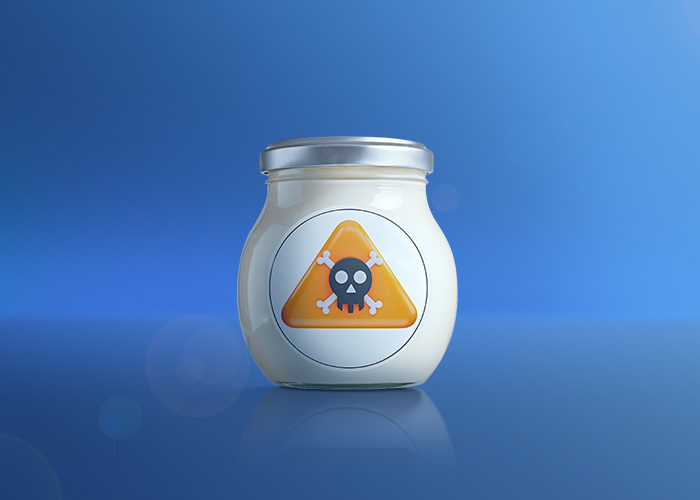

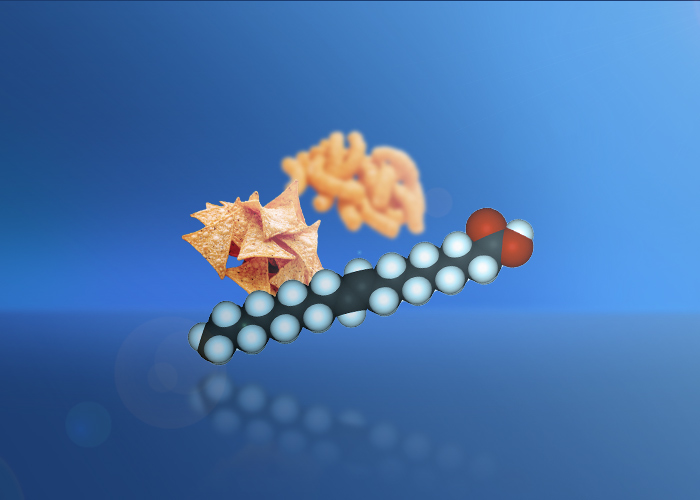
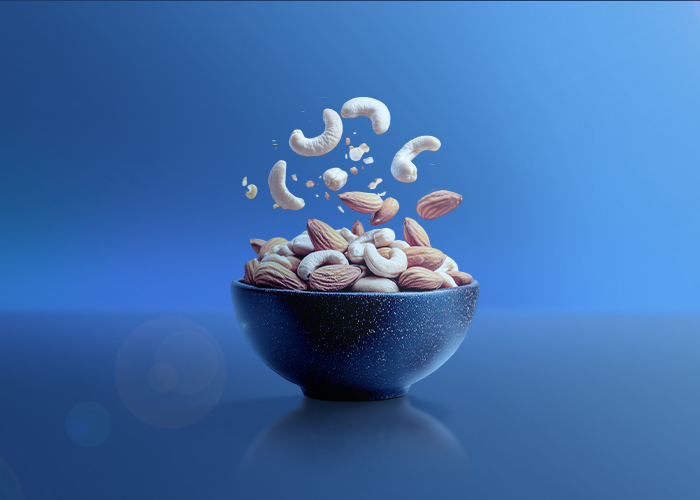
comment